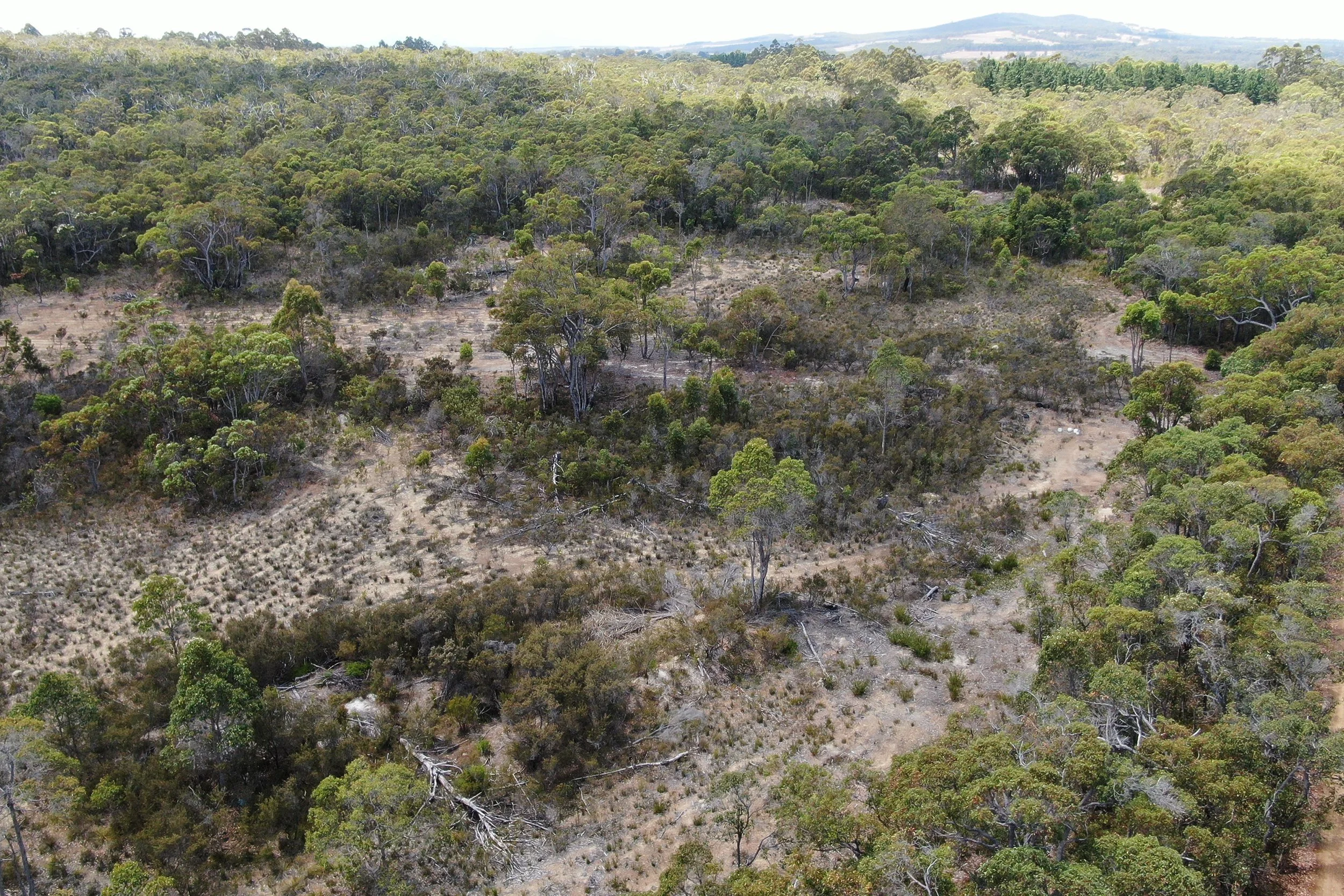Biodiversity offsets in WA.
Click here to download a pdf version of the paper used to support my presentation to the 2025 WA biodiversity offset forum

Click here to download a pdf version of the paper used to support my presentation to the 2025 WA biodiversity offset forum